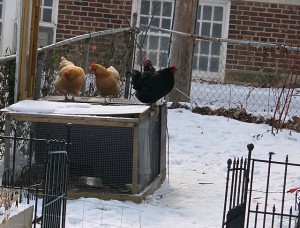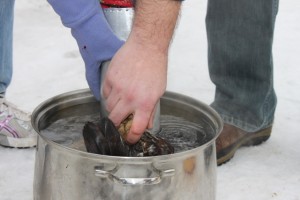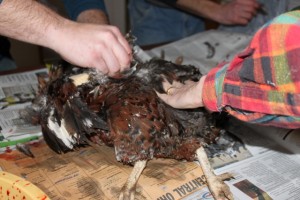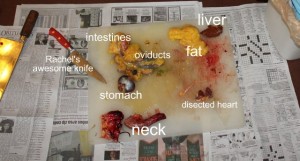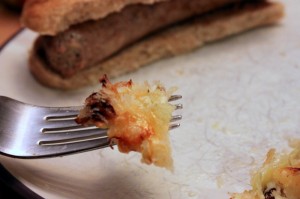 Vegetables covered in creamy cheesy sauce with a crispy crust? Yes please!
A gratin is a surefire way to please your family with vegetables. When you make the dish yourself, you can adjust the recipe to your family's taste and health preferences. And though a gratin recipe seems complicated at first, after making one a few times you'll find the process simple.
Vegetables covered in creamy cheesy sauce with a crispy crust? Yes please!
A gratin is a surefire way to please your family with vegetables. When you make the dish yourself, you can adjust the recipe to your family's taste and health preferences. And though a gratin recipe seems complicated at first, after making one a few times you'll find the process simple.
Potatoes, cabbage, cauliflower, and broccoli all cook down nicely in a gratin. Start the recipe by chopping these to size - slice potatoes and cabbage or chunk cauliflower and broccoli into bite sized pieces. Arrange them in a glass or ceramic baking dish. Stir in some shredded cheddar, swiss, or roquefort for a cheesy version.
Make a roux by melting butter or oil in a heavy bottomed pan over medium heat. Add an amount of flour equal to 1/3 more than the fat and cook until the flour is slightly browned and smells cooked. Slowly pour in warm milk (to make a bechamel sauce) or stock (for a veloute sauce) and heat just below simmer until thickened.
Season with salt, pepper, and spices as you desire. A hint of nutmeg pairs nicely with a milk based sauce. Herbs or spicy peppers are delightful in a stock based sauce.
Pour the sauce over the vegetables, stirring gently to cover.
Top with shredded cheese, bread crumbs, panko, or crushed potato chips. Bake in a 350 degree oven for 30-60 minutes (depending on depth of the gratin) until bubbling in the center and brown on top.
Pictured is a shallow cabbage gratin I made recently to pair with homemade sausages. Try it as a twist on traditional cabbage preparations for St. Patrick's day dinner or as a way to dress up a vegetable side dish with any meal.
Vegetable Gratin in Ratio Form
roux and sauce ratio from the book Ratio by Michael Ruhlman
A gratin can take on many forms based on the ingredients you have on hand and the outcome you desire. The ratios below are approximate. Adjust according to how thick you want the sauce and how saucy you want the finished gratin.
For the roux: 3 parts flour to 2 parts fat (butter or oil)
For the thickened sauce: 1 part roux to 10 parts liquid (stock or milk)
For the gratin: 6 parts chopped vegetables to 3 parts thickened sauce (milk-based bechamel or stock-based veloute) to 1 part cheese
[amd-recipeseo-recipe:1] Talk to me about the recipes on this blog - do you like the ratio recipe, the first listed? For the second recipe, I skipped the printable version in favor of a Google Recipe View friendly version. Do you miss the print function?






 . You can also follow the
. You can also follow the 